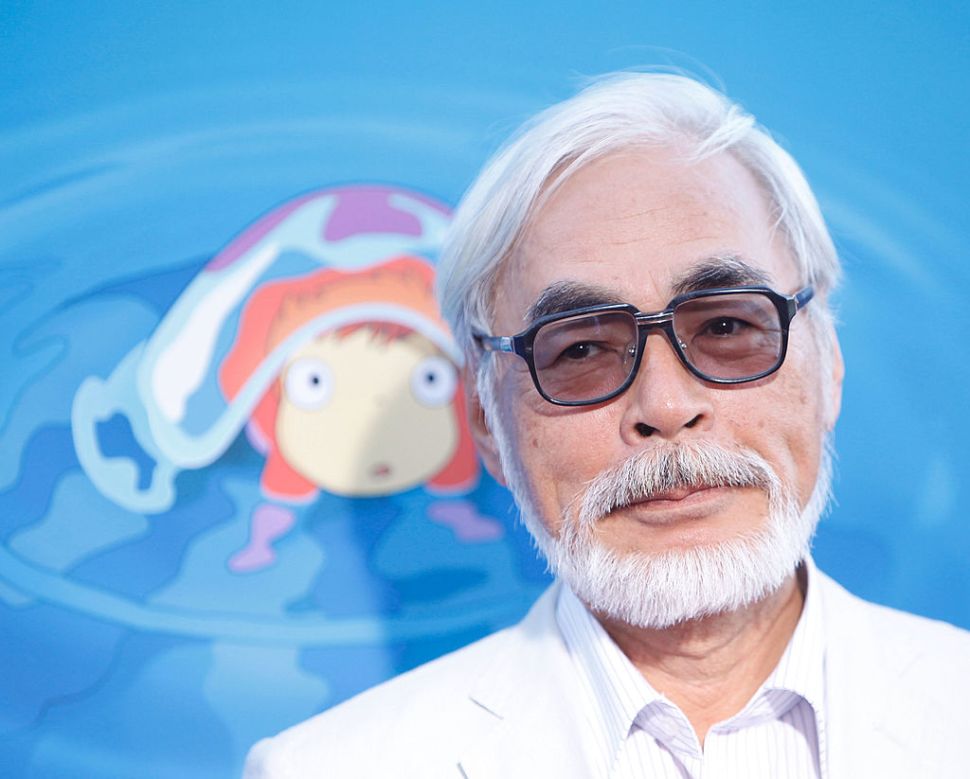Over the past week, the “Ghiblification” trend has swept the internet, with celebrities, tech leaders, and even the White House generating images in the style of Japan’s Studio Ghibli using OpenAI’s latest tool. Hayao Miyazaki, the reclusive mastermind behind the iconic animation style, has yet to comment publicly on this A.I.-driven development. But based on his past statements, it’s likely the 84-year-old filmmaker would view the trend with unease, wary of how A.I. might distort the deeply human essence at the heart of his work.
In a 2016 documentary, a Japanese media company sought Miyazaki’s feedback on its use of A.I. in animation. The artist was shown a demo depicting an animated zombie body dragging itself by the head as if it doesn’t feel pain or know how to protect its head. Miyazaki, visibly disturbed, commented, “Whoever creates this stuff has no idea what pain is or whatsoever. I am utterly disgusted…I would never wish to incorporate this technology into my work at all. I strongly feel that this is an insult to life itself.”
Founded in 1985 by Miyazaki, along with the director Isao Takahata and the producer Toshio Suzuki, Studio Ghibli is known for making films that intertwine Japanese folklore with hand-drawn detail and deeply emotional storytelling. In 1996, The Walt Disney Company (DIS) signed a distribution deal to bring Miyazaki’s work to a global audience. The 2003 Oscar win for Spirited Away, the first anime to receive the Best Animated Feature award, cemented Studio Ghibli as an international cinematic force.
Unlike Hollywood studios, which pivoted towards CGI animation in the early 2000s, Ghibli stuck with celluloid animation, a traditional technique in which artists draw each frame by hand on transparent sheets known as “cells.” Miyazaki personally sketched thousands of frames by hand for each project, insisting that human-level detail and authenticity could not be faked.
Although Miyazaki didn’t entirely resist innovation, he was never in favor of fully digital workflows. In the late 1990s, Studio Ghibli integrated digital tools like Toonz (later open-sourced as OpenToonz), allowing its animators to digitally color and refine their drawings. However, Earwig and the Witch (2020), the studio’s first all-3D film, received lukewarm reviews, with fans underwhelmed by the lack of Ghibli’s hand-drawn soul.
Is it legal to create Ghibli-style images using A.I.?
The U.S. copyright law doesn’t protect a visual style, so it’s technically legal to give a Ghibli treatment to any image, especially if the user isn’t using the work for commercial purposes. “From a copyright standpoint, anyone is free to tell and illustrate their own images and stories using an animation style,” Randall McCarthy, an IP attorney, told Observer. “Studio Ghibli may only be able to assert copyright infringement when a particular character from their work is generated through A.I. and is highly similar to its movie resemblance.”
The work created using ChatGPT isn’t necessarily protected by copyright law, either, unless the user can demonstrate “sufficient human control” during the creative process, McCarthy explained. “Merely generating prompts to OpenAI is not enough to show sufficient human control, so none of these images and memes made with a ‘Ghibli style’ input prompt are protected by copyright.”
Still, the speed and volume at which A.I. is able to generate these images raise an ethical debate. “OpenAI training on Ghibli’s data is a classic example of A.I. models training on data without any compensation or credit. Today, someone can mimic an iconic style like Ghibli with a few prompts and face little to no consequence,” Jason Zhao, co-founder of the A.I.-powered IP tokenization platform Story, told Observer. “It’s a failure to recognize the value of creative identity in the digital age.”
OpenAI, which is already facing multiple copyright lawsuits, claims to have limited its A.I. image model from replicating the styles of living artists. “We added a refusal that triggers when users try to generate an image in the style of a living artist,” the company said in a recent technical paper.

